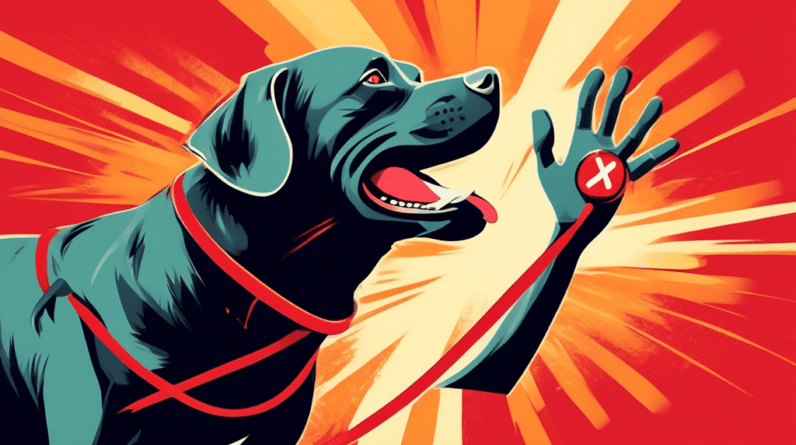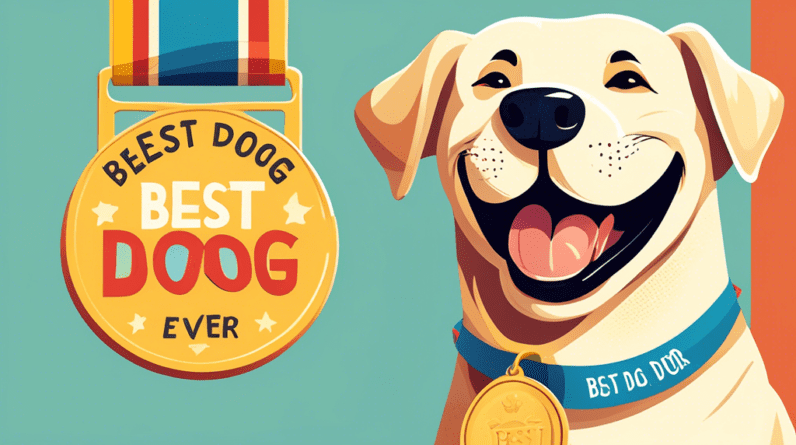
Why Are Chocolate Labs So Expensive? Unveiling the Factors Behind the Price Tag
Chocolate Labrador Retrievers, with their captivating gaze and rich, velvety coats, have stolen the hearts of dog lovers worldwide. But this coveted breed often comes with a higher price tag than their black and yellow counterparts. So, why are chocolate Labs more expensive? The answer lies in a fascinating interplay of factors, from simple supply and demand dynamics to genetic intricacies and breeder practices. Let’s delve into the world of chocolate Lab pricing to uncover the reasons behind their premium cost.
Supply and Demand: The Economics of Rarity
One of the primary drivers of price in any market is the relationship between supply and demand. When it comes to chocolate Labs, demand consistently outpaces supply, creating a classic case of economic scarcity that drives up prices.
While black Labs are the most common color variation, followed by yellow Labs, chocolate Labs are relatively rarer. This rarity is rooted in the genetics of coat color inheritance in Labrador Retrievers.
Unraveling the Genetics of Chocolate
A Labrador’s coat color is determined by a complex interplay of genes, with two specific genes playing a pivotal role: the B gene and the E gene.
- **The B Gene (Black vs. Brown):** This gene determines whether a Lab will have a black or brown (chocolate) coat. The dominant B allele codes for black, while the recessive b allele codes for brown. A dog needs two copies of the recessive b allele (bb) to express the chocolate coat color.
- **The E Gene (Pigment Expression):** This gene controls whether the pigment produced by the B gene is deposited in the coat. The dominant E allele allows for pigment expression, while the recessive e allele blocks pigment deposition, resulting in a yellow coat regardless of the B gene combination.
To produce chocolate Lab puppies, both parents must carry at least one copy of the recessive b allele. This genetic requirement naturally reduces the likelihood of chocolate puppies compared to black or yellow puppies, contributing to their relative scarcity and higher price.
Breeder Practices: A Quest for Quality
Reputable breeders dedicated to producing healthy, well-tempered chocolate Labs invest significant resources in their breeding programs. These costs are often reflected in the price of their puppies.
- **Health Testing:** Responsible breeders prioritize the health of their breeding dogs and puppies. They conduct rigorous health screenings, including genetic tests for hereditary conditions common in Labrador Retrievers, such as hip and elbow dysplasia, eye disorders, and exercise-induced collapse. These tests help breeders make informed breeding decisions and ensure the production of healthy puppies, but they also represent a significant financial investment that influences puppy prices.
- **Selective Breeding:** Producing chocolate Labs with desirable conformation (physical appearance) and temperament requires careful selection of breeding pairs. Breeders often invest in acquiring dogs with exceptional pedigrees and lineage, which can contribute to higher puppy costs. Additionally, they may choose to participate in dog shows to evaluate their breeding stock and strive for excellence, further adding to their expenses.
- **Puppy Care:** Raising a litter of puppies is a time-consuming and costly endeavor. Reputable breeders provide their puppies with optimal care, including high-quality nutrition, veterinary care, socialization, and early training. These expenses are factored into the price of the puppies to ensure they are well-cared for during their crucial developmental stages.
Beyond Color: Factors Influencing Lab Prices in General
While coat color plays a significant role in the price discrepancy between chocolate Labs and their counterparts, other factors influence Labrador Retriever prices in general:
- **Location:** Geographic location can significantly impact puppy prices. In areas with high demand for Labrador Retrievers, breeders may charge higher prices to reflect the local market value.
- **Pedigree and Lineage:** Puppies from parents or lineages with a history of show championships, working titles, or exceptional health clearances often command higher prices.
- **Breeder Reputation:** Established, reputable breeders with a track record of producing healthy, well-bred puppies typically charge more than less experienced or backyard breeders. Their expertise and commitment to quality come at a premium.
- **Puppy’s Age:** Puppies are generally most expensive when they are ready to go to their new homes, typically around 8-12 weeks of age. Older puppies may be available at a lower price.
The True Cost of a Chocolate Lab
While the initial purchase price of a chocolate Lab might seem high, it’s essential to consider the lifetime cost of dog ownership. Providing proper care for your canine companion, including food, veterinary care, training, and enrichment, can amount to a significant financial commitment.
Finding Your Chocolate Companion: Navigating the Price Landscape
If you’ve set your heart on a chocolate Lab, it’s crucial to approach your search with both your heart and head.
- **Research Reputable Breeders:** Invest time in researching and contacting reputable breeders who prioritize health, temperament, and ethical breeding practices. Be prepared to ask questions about their breeding program, health testing protocols, and the socialization and care provided to puppies.
- **Consider Adoption:** Adoption can be a rewarding and cost-effective way to welcome a chocolate Lab into your life. Numerous Labrador Retriever rescues and shelters across the country have dogs of all ages, including chocolate Labs, looking for loving homes.
- **Budget Realistically:** Owning a dog is a long-term commitment, both emotionally and financially. Factor in the lifetime costs of dog ownership, including food, veterinary care, training, and supplies, to ensure you can provide a loving and supportive environment for your furry friend.
The Chocolate Lab: More Than Just a Price Tag
The allure of chocolate Labs extends far beyond their rich coat color. These intelligent, affectionate, and playful dogs bring immeasurable joy and companionship to countless lives. While their price tag might reflect various factors, from genetics to breeder practices, the true value of a chocolate Lab lies in the unwavering loyalty, unconditional love, and cherished memories they bring to their human families.






